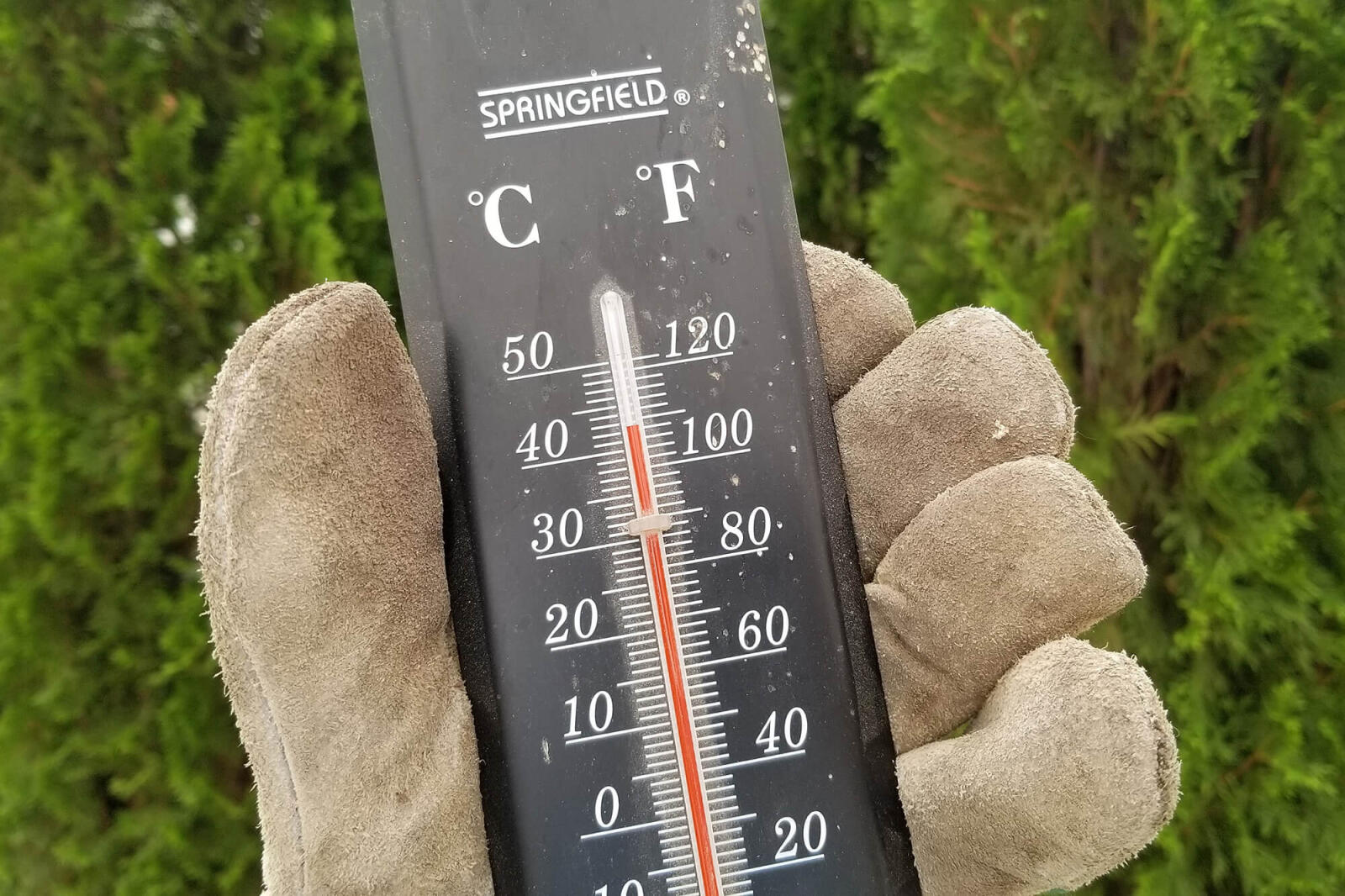June 15, 2018

Heat stress can lead to exhaustion, heart attack and lost production time.
Ways to prevent heat stress
Working in the intense heat of the summer sun can put workers at risk of heat stress, but heat stress can also hit you in places you wouldn’t expect.
“Any job that causes your body temperature to rise has the potential to cause heat stress,” says Michael Puccini, Workplace Safety and Prevention Services (WSPS) occupational hygiene consultant. “Even jobs carried out in air-conditioned environments.”
There are many ways to keep workers safe from heat stress. It’s important to train workers to recognize the signs and symptoms of heat stress in themselves and other workers, and to take action.
Some of the signs and symptoms you may experience as a result of heat stress include: fatigue, light headedness, dizziness, blurry vision, trouble focusing on the work at hand or others, including excessive sweating.
Left unchecked, heat stress can lead to heat exhaustion, heat stroke, heart attack, and other physical health effects. Plus, it can be damaging to business, by way of lost productivity, disability costs, and fines and penalties.
Workers should be protected from the health risks associated with heat stress. Sun-related heat stress is a well-recognized hazard that can be prevented through a combination of engineering and administrative controls. Put policies and procedures in place, based on a risk assessment. Is work being done in direct sunlight? Are there heat producing processes and equipment in the workplace? Have workers been affected by heat in the past?
Indoor heat stress can occur anytime a body temperature rises and the body cannot cool itself. This can occur anywhere, even in cooler temperatures. If protective clothing doesn’t allow your body to expel heat, you could be at risk. Here are five cost-effective prevention tips:
Heat stress can lead to exhaustion, heart attack and lost production time.
“Any job that causes your body temperature to rise has the potential to cause heat stress,” says Michael Puccini, Workplace Safety and Prevention Services (WSPS) occupational hygiene consultant. “Even jobs carried out in air-conditioned environments.”
There are many ways to keep workers safe from heat stress. It’s important to train workers to recognize the signs and symptoms of heat stress in themselves and other workers, and to take action.
Some of the signs and symptoms you may experience as a result of heat stress include: fatigue, light headedness, dizziness, blurry vision, trouble focusing on the work at hand or others, including excessive sweating.
Left unchecked, heat stress can lead to heat exhaustion, heat stroke, heart attack, and other physical health effects. Plus, it can be damaging to business, by way of lost productivity, disability costs, and fines and penalties.
Workers should be protected from the health risks associated with heat stress. Sun-related heat stress is a well-recognized hazard that can be prevented through a combination of engineering and administrative controls. Put policies and procedures in place, based on a risk assessment. Is work being done in direct sunlight? Are there heat producing processes and equipment in the workplace? Have workers been affected by heat in the past?
Indoor heat stress can occur anytime a body temperature rises and the body cannot cool itself. This can occur anywhere, even in cooler temperatures. If protective clothing doesn’t allow your body to expel heat, you could be at risk. Here are five cost-effective prevention tips:
- Wear cotton or other loose woven fabrics that wick moisture away from the skin. As soon as you allow that evaporation, you’re cooling the body.
- Make watering stations available for employees. Small quantities of cool (not cold) liquid prevent dehydration, and maintain the body’s ability to sweat and cool itself.
- Train workers, supervisors and managers to recognize signs of heat stress. You may not be aware you’re suffering heat stress, but others can say, “Look at the sweat pouring off of you. Something’s wrong. You need to go take a break, or talk to the supervisor.”
- Promote a healthy lifestyle. Workers who are not physically fit are more susceptible to heat stress because their body has to overly exert itself to perform a task.
- Review other risk factors for heat stress with workers. As we age, our bodies are less able to get rid of heat efficiently. Certain medications, such as blood pressure pills and other diuretics cause increased urination, which can reduce the body’s ability to expel heat through sweating.
Resources from WSPS
More resources and articles are available on the heat stress resource page on the WSPS website.Heat stress can lead to exhaustion, heart attack and lost production time.